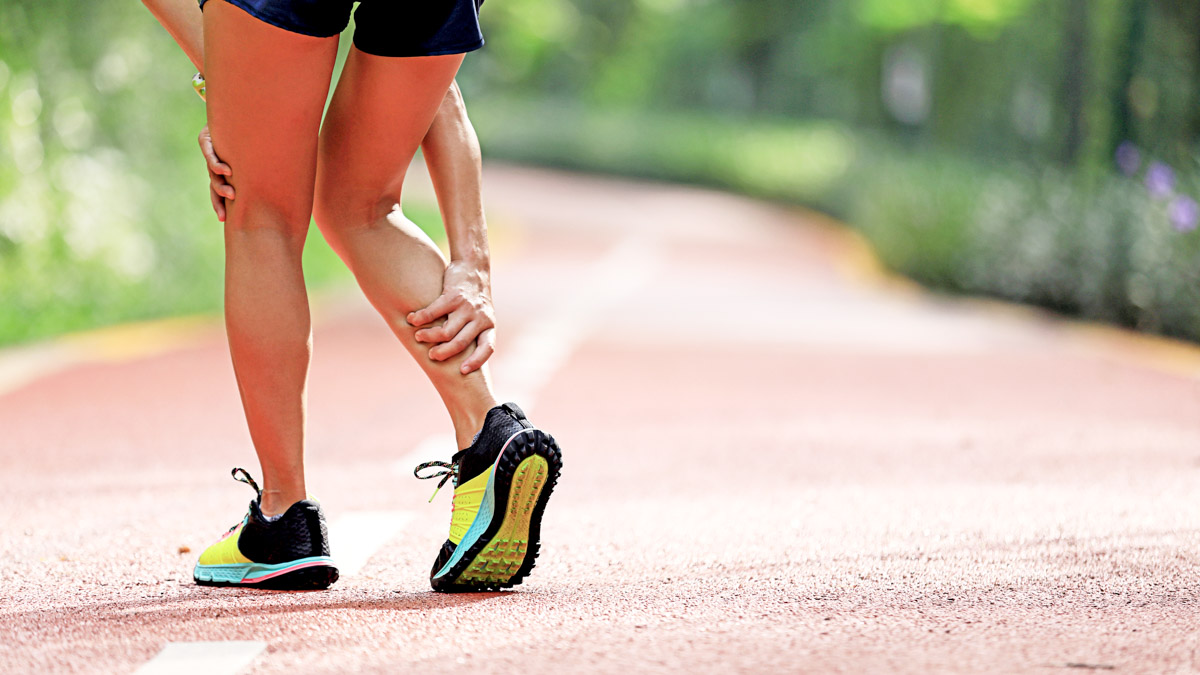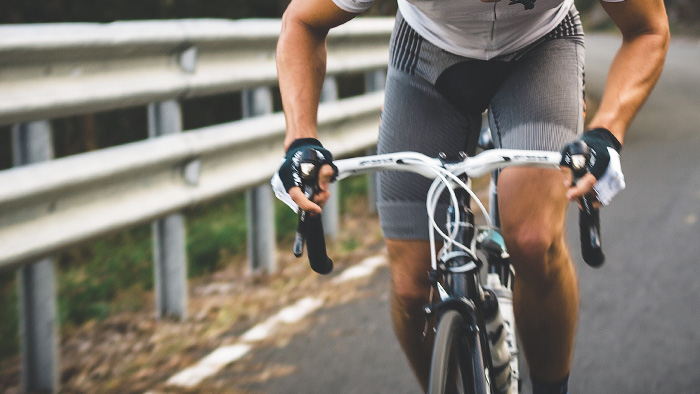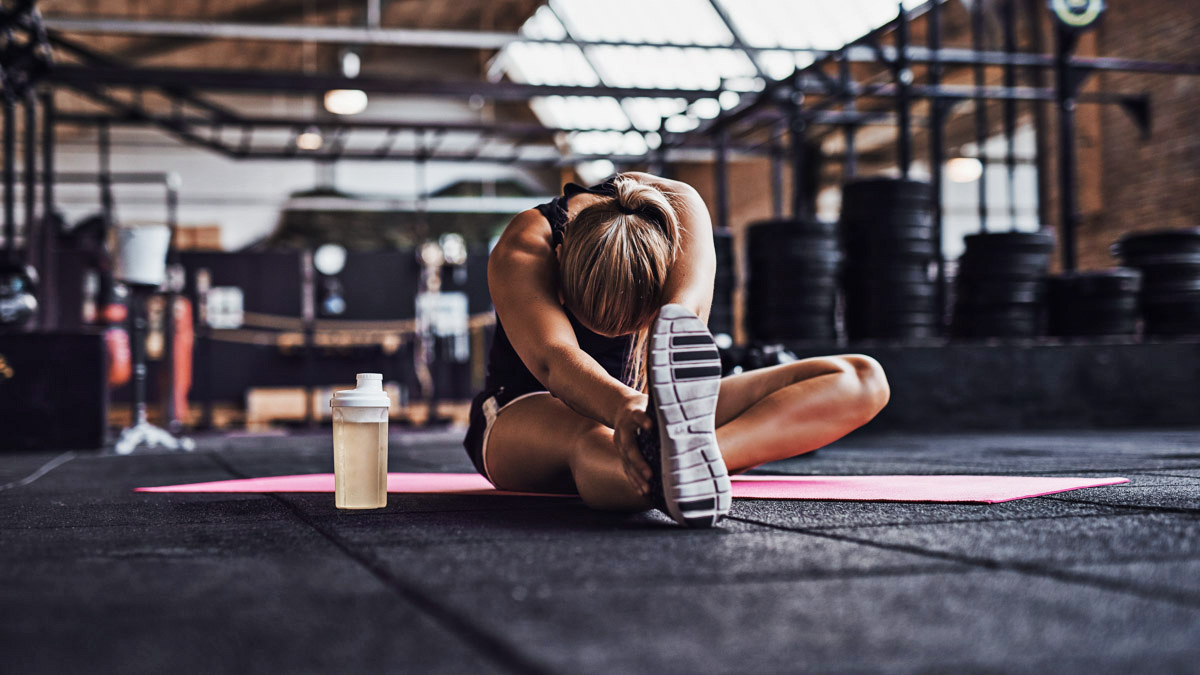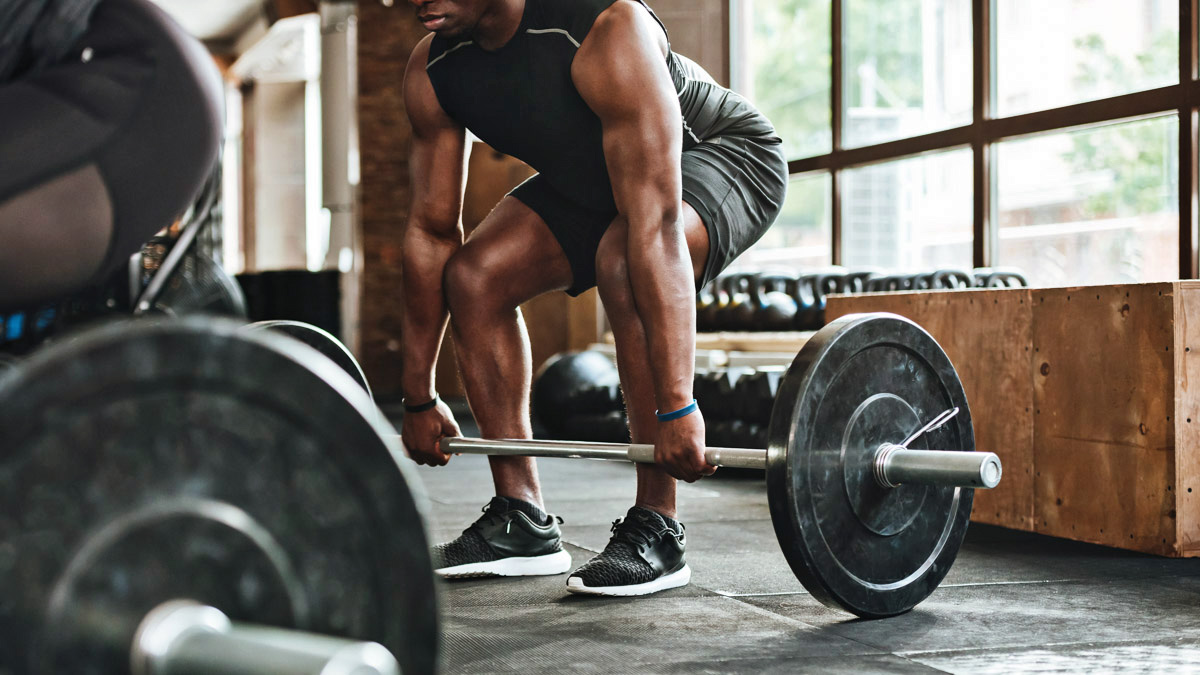Resolving an injury may sometimes seem like an elusive goal. After breaking my back and pelvis in a car accident and undertaking decades of surgeries and rehabilitation, my injury resolved after incorporating specific techniques commonly overlooked even by the best-intentioned doctors and physical therapists. Neuromuscular rehabilitation techniques are what provided this much-desired healing.
Neuromuscular v. Musculoskeletal Rehabilitation
Physical therapists are historically trained to focus on the musculoskeletal system, which includes bones, muscles, tendons, ligaments, and soft tissues. These work together to support your body’s weight and help you move [1]. However, the musculoskeletal system cannot function independent of the nervous system, which is needed to send the body signals that prompt movement.
Here’s why the neuromuscular system — including the body’s muscles and the nerves that tell them to move [2] — is so important for athletes. Because competitive activities require a high degree of coordination that comes from an exceptionally trained neuromuscular system, injury resolution must incorporate neuromuscular rehabilitation. According to Physiopedia, addressing musculoskeletal issues is not enough for the functional recovery of an injury because the coordinated neuromuscular controlling mechanism required during sport-specific activities would be neglected [3]. Therefore, neuromuscular retraining is a vital component of injury resolution.
Neuromuscular Rehabilitation for Runners
Many runners experience injury due to impact stresses and poor biomechanics. However, without neuromuscular reeducation, attempting to retrain correct mechanics post-injury will be unsuccessful in the long term — which is why so few runners are able to achieve a proper running gait.
Neuromuscular reeducation starts with static running drills often prompted by neuromuscular cueing, like a Garmin metronome. First, running in place to a cadence of 90 steps per minute (one foot) or 180 steps per minute (two feet) is an important skill that must be ingrained before applying it to a dynamic activity like running. Second, training your arms to swing at a similar cadence is crucial since your feet follow your arms. However, you must comfortably execute both drills independently before transitioning to integrating them.
Through a progressive series of static and dynamic running drills, you will eventually transition these mechanics to running at a very slow, controlled, conscious effort. The key here is to run quietly. If you can hear your foot strike, you are running too fast and/or with improper mechanics. A return to running program is a helpful way to transition your new biomechanics into practice. Due to the complexity of this process, the neuromuscular oversight of a properly trained coach or physical therapist is recommended.
Neuromuscular Rehabilitation for Strengthening
While neuromuscular rehabilitation is not a simple or straightforward path, how you execute the exercises will make or break your recovery. The key is to be conscious of what muscles you’re activating even before you begin the exercise.
First, engage your core (here’s a good video that explains how). Second, engage your glutes (here’s a video that shows the connection between core and glute activation). These muscles are where your body derives strength, so activating them before you do your exercise is vital. If you lose either engagement during the exercise, make sure to stop, re-engage, and start again. Remember that the slower you do the exercise, the more muscles you recruit; and the more conscious you do the exercise, the more ‘automatic’ or unconscious the engagement becomes over time. Eventually, neuromuscular core and glute activation can help stabilize and absorb the impact of movement during cardiovascular activity and take the pressure off your injured area.
According to Alun Woodward of Ironguides, true core engagement is the ability of the core muscles to hold your body in a strong stance that protects your spine, properly positions your pelvis, and allows your major muscles to work more effectively in performing their task. If you have strong core engagement, you will move more efficiently and so save energy for any given activity — this is the key to performance in endurance events. [4]
References
- Musculoskeletal System: Arthritis, Lower Back Pain, Bones, Muscles. Cleveland Clinic. (n.d.). https://my.clevelandclinic.org/health/articles/12254-musculoskeletal-system-normal-structure–function.
- Sendic, G. (2021, May 31). Musculoskeletal system. Kenhub. https://www.kenhub.com/en/library/anatomy/the-musculoskeletal-system.
- Healthdirect Australia. (n.d.). Neuromuscular system. https://www.healthdirect.gov.au/neuromuscular-system.
- Physiopedia. (n.d.). Neuromuscular Exercise Program. https://www.physio-pedia.com/Neuromuscular_Exercise_Program.








